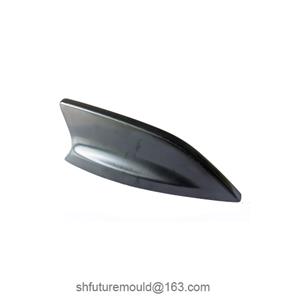What Temperature Should Plastics Reach?
In injection molding, controlling the plastic temperature is a crucial factor. The required processing temperature varies depending on the type of plastic. Here are the temperature ranges for some common plastics used in injection molding:
ABS: Approximately 200°C to 250°C, depending on product requirements and material properties.
PP: Approximately 180°C to 230°C. Temperatures too low may result in incomplete plasticization, while excessive heat could cause degradation.
PE: Approximately 170°C to 230°C, suitable for different densities of polyethylene (e.g., LDPE, HDPE).
PC: Approximately 260°C to 320°C, requiring higher temperatures due to its high-temperature resistance.
PA (Nylon): Approximately 230°C to 300°C. However, its sensitivity to moisture makes pre-drying essential.
Importance of Proper Temperature
Too Low: The plastic may not melt completely, leading to defects such as short shots or rough surfaces.
Too High: The plastic might decompose, resulting in bubbles, unpleasant odors, or reduced product performance.
How to Determine the Optimal Plastic Temperature?
Refer to Supplier Parameters: Processing temperature ranges for different plastics can be found in the technical data sheets provided by material suppliers.
Conduct Small-Scale Trials: To determine the optimal temperature, perform small batch tests, gradually adjusting the processing temperature and observing changes in product quality.
Utilize Advanced Injection Molding Machines: Modern injection molding machines are equipped with sophisticated temperature control systems that can automatically adjust processing temperatures according to the type of plastic and product requirements.
- Injection Mold
- Automotive Injection Mold
- Electronics & Electrical Injection Mold
- Consumer Goods Injection Mold
- Airplane Components Injection Mold
- Medical Components Injection Mold
- Irrigation Components Injection Mold
- Injection Molds




